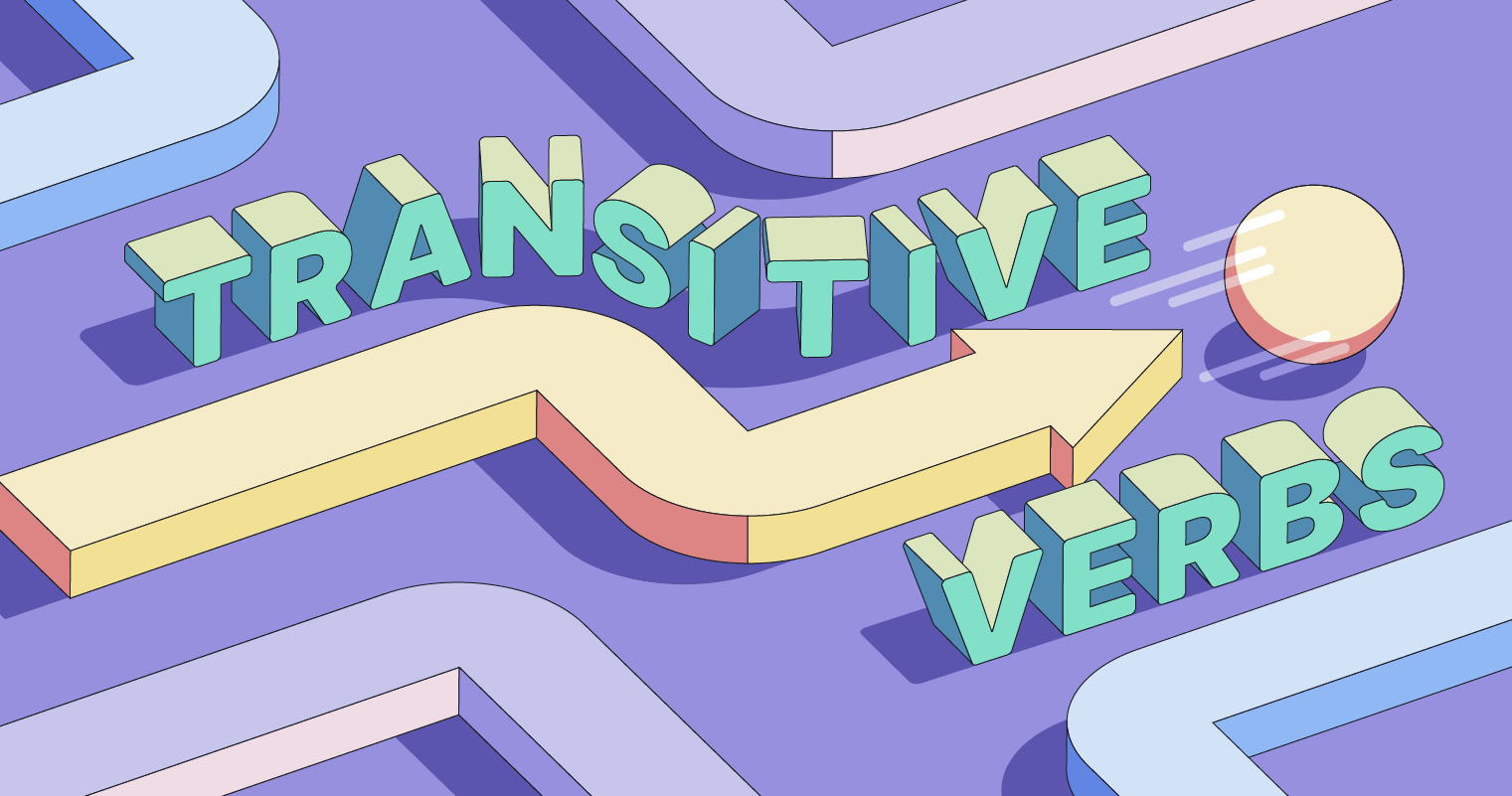Transitive verbs are action verbs that require a direct object to complete their meaning. They are an essential part of constructing grammatically correct sentences in English. Understanding transitive verbs can help improve your writing and communication skills. Let’s explore some examples of transitive verbs and their usage.
Transitive verbs can be identified by asking the question “what?” or “whom?” after the verb. If there is a direct object that answers these questions, then the verb is transitive. For example, in the sentence “She ate the delicious cake,” the verb “ate” is transitive because it has a direct object, which is “the delicious cake.”
Examples of Transitive Verbs
1. Throw: He threw the ball to his friend.
2. Buy: She bought a new dress for the party.
3. Read: They read the book in one sitting.
4. Hit: The baseball player hit the ball out of the park.
5. Give: I gave my sister a birthday present.
Transitive verbs play a crucial role in conveying action in a sentence. They help provide clarity and specificity to the action being performed. Using transitive verbs correctly can make your writing more engaging and impactful. It is essential to remember that transitive verbs always require a direct object to complete their meaning.
When using transitive verbs, it is important to ensure that the direct object is placed correctly in the sentence. The direct object typically comes after the verb and answers the question “what?” or “whom?” For example, in the sentence “He painted the house,” “the house” is the direct object that answers the question “what did he paint?”
Overall, transitive verbs are a fundamental aspect of English grammar that help convey action and meaning in a sentence. By understanding how transitive verbs work and practicing their usage, you can enhance your writing skills and communicate more effectively. Remember to always include a direct object after a transitive verb to complete the sentence’s meaning.
In conclusion, transitive verbs are essential components of English grammar that add depth and clarity to sentences. By incorporating transitive verbs into your writing, you can create more dynamic and engaging content. Practice using transitive verbs in your writing to improve your communication skills and enhance the impact of your message.
